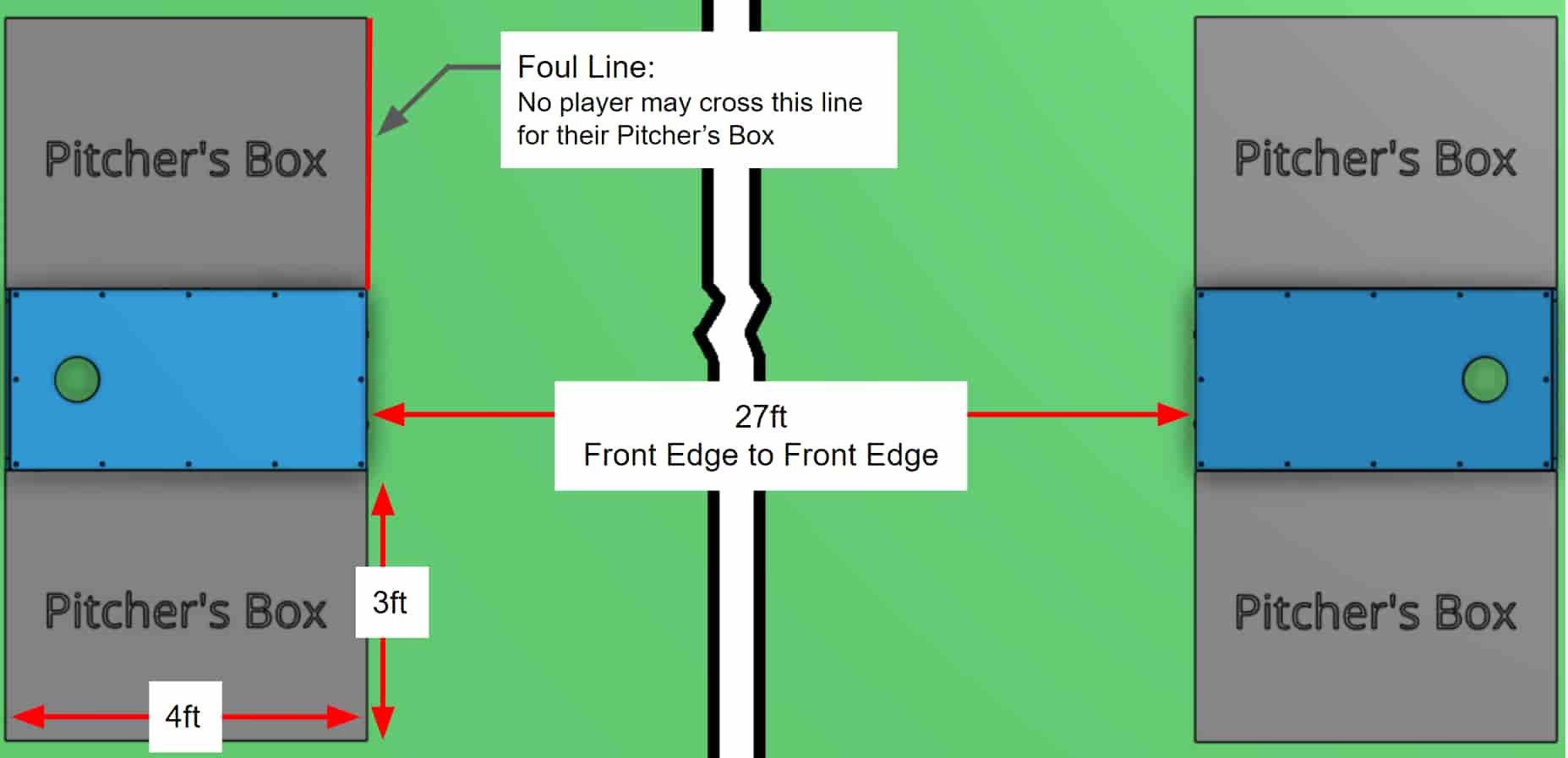Cornhole, a popular outdoor game that has taken the world by storm, offers players hours of fun and friendly competition. Originally known as ”bags” or ”bean bag toss,” the game has a rich history and has evolved over time to become a widely recognized recreational activity. One key aspect of playing cornhole that often goes overlooked is the distance between the boards. In this article, we will delve into the significance of the cornhole board placement and explore the ideal throwing distance for players to enhance their skills and enjoyment of the game.
A Brief History of Cornhole
To fully appreciate the game of cornhole and understand its present-day popularity, it is essential to explore its origins. The history of cornhole can be traced back to ancient civilizations, with evidence of similar throwing games found in various cultures worldwide. In the United States, the game gained prominence in the Midwest during the 19th century, primarily as a leisure activity at picnics and gatherings. Over time, the game evolved, and its modern form, complete with boards and bean bags, emerged.
The Cornhole Board: Dimensions and Construction
A crucial component of cornhole is the board itself. Traditionally made from wood, modern cornhole boards are typically constructed from plywood or plastic for durability and portability. Understanding the standard dimensions of the board (4 feet in length and 2 feet in width) is essential when setting up the game for a fair and enjoyable play.
Regulation Cornhole Board Placement
In official cornhole tournaments and competitive play, adherence to standard board placement is crucial. Boards should be positioned 27 feet apart from front edge to front edge. This distance ensures a challenging yet achievable level of competition for players of all skill levels. Additionally, the boards should be positioned on a flat surface, free from obstructions, and secured to prevent any movement during play.
The Science of Throwing Distance
The optimal throwing distance in cornhole is a subject that has been studied extensively. Factors such as player height, arm strength, throwing style, and wind conditions all play a role in determining the ideal distance between the player and the board. This section will explore the science behind the perfect cornhole toss, including the kinematics and physics involved in achieving accuracy and consistency.
Finding Your Throwing Sweet Spot
Every player has a unique throwing style, and finding the “sweet spot” for each individual is crucial for success in cornhole. This section will guide players on how to identify their ideal throwing distance, the positioning of feet and body, and the importance of muscle memory in refining their technique.
Adapting to Different Environments
Playing cornhole outdoors means dealing with various environmental factors that can influence the game. Wind, temperature, and terrain are all variables that players must consider. Understanding how these factors impact board placement and throwing distance is vital for adapting and excelling in different conditions.
Practice and Improvement
As with any sport or game, practice is the key to improvement in cornhole. This section will provide tips and techniques to enhance throwing accuracy, consistency, and overall performance. Drills and exercises that can be performed alone or with friends will be discussed to help players refine their skills and elevate their game.
Etiquette and Sportsmanship
In the midst of competition, it is crucial to maintain proper etiquette and display good sportsmanship. This section will highlight the importance of fair play, respect for opponents, and adhering to the rules of the game. Emphasizing these qualities fosters a positive and enjoyable cornhole experience for all involved.
Conclusion
Cornhole is more than just a backyard pastime; it is a game that brings people together and encourages friendly competition. Proper board placement and throwing distance are fundamental aspects of the game that can significantly impact a player’s performance. By understanding the history, dimensions, and science behind cornhole, as well as practicing and refining their techniques, players can elevate their skills and truly master the art of cornhole. Whether playing in a casual setting with friends or competing in tournaments, the pursuit of excellence in cornhole is an enjoyable and rewarding endeavor.


